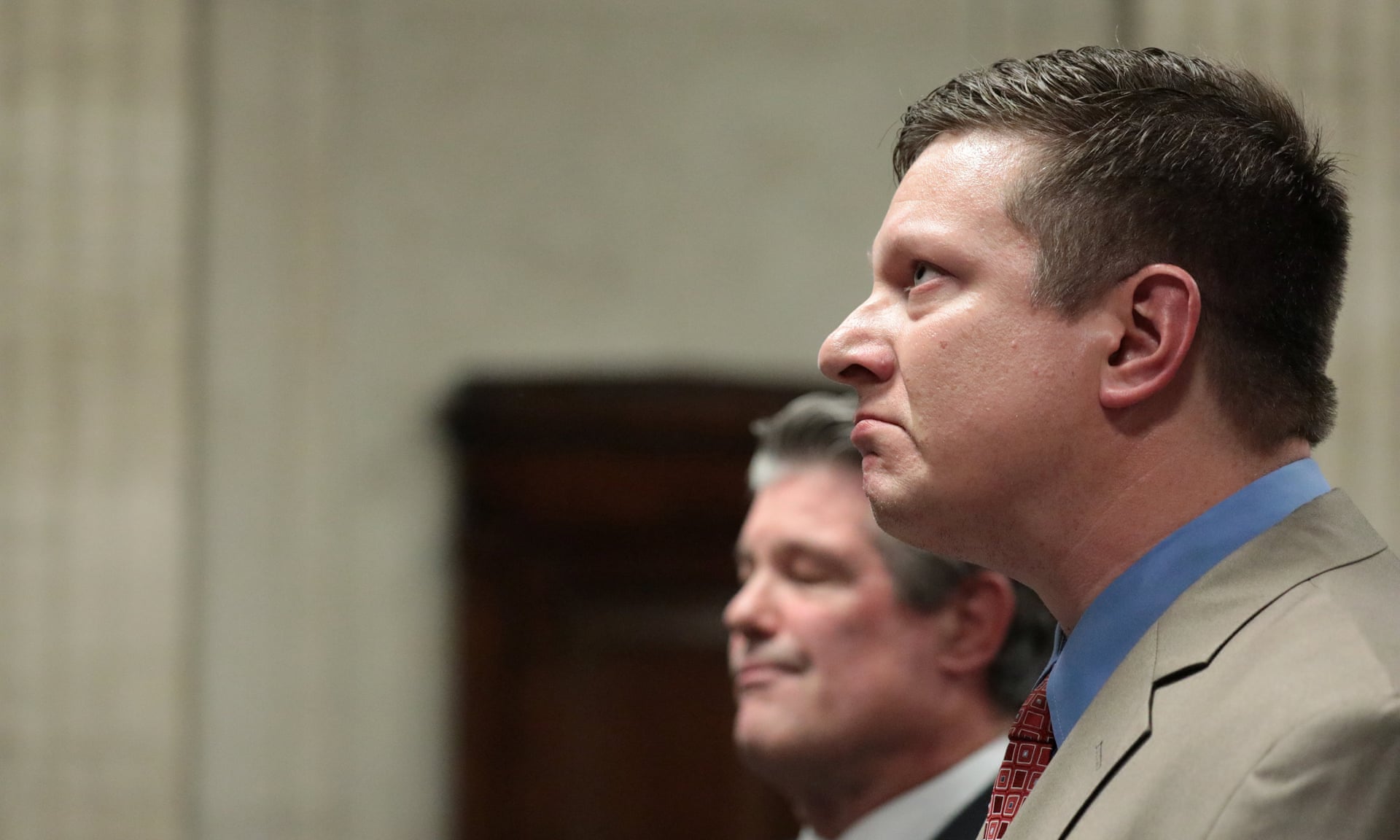StringerBell
OG
http://www.chicagotribune.com/news/...yke-mcdonald-history-0926-20180925-story.html
The ugly reason Laquan McDonald is now on trial
The trial of Laquan McDonald has kicked into gear this week with a parade of witnesses called to the stand to establish that McDonald had a history of violent outbursts and criminally aggressive behavior.
But wait, you’re saying. McDonald isn’t on trial. He’s dead, shot down like a dog nearly four years ago on South Pulaski Road. The person on trial is the man who killed him, Chicago police Officer Jason Van Dyke.
Technically, yes. But this week, Van Dyke’s defense team has been granted significant leeway to put the deceased on trial, to call witnesses to testify to his erratic and troubled past in an effort to bolster the claim that Van Dyke was acting in self-defense by implying that McDonald was the aggressor in the fatal encounter.
As I wrote in May, mud smeared on the deceased in such cases is called “Lynch material,” after a ruling in People v. Lynch, a 1984 Illinois Supreme Court decision. In that ruling, the majority held that a defendant who is claiming self-defense in a murder trial is entitled to introduce evidence of “the victim’s aggressive and violent character” even if the defendant was unaware of those qualities when the killing took place.
And here, when Van Dyke got out of his police vehicle and, within six seconds, began firing, he clearly did not know anything about McDonald’s 26 arrests, his combative behavior with authorities, his numerous fights with peers, his hospitalizations for psychiatric issues and his drug use. All he knew was that an alleged vandal with a knife was loping along, ignoring commands to drop his weapon and surrender.
Van Dyke and several fellow officers reported after the fact that McDonald had been swinging his knife in an aggressive manner, advancing and finally lunging at police. Van Dyke, they said, shot in order to save his own life.
Civilian eyewitnesses told a different story, one in which McDonald was angling away from police when Van Dyke opened fire.
“Lynch material” is aimed at helping jurors or judges sort out such conflicting accounts.
“Evidence of the victim’s propensity for violence tends to support the defendant’s version of the facts (when) there are conflicting accounts of what happened,” wrote the majority in Lynch. “Whether the defendant knew of this evidence at the time of the event is irrelevant. If the jurors could see for themselves exactly what the defendant saw at the time, such circumstantial evidence would be unnecessary.”
But wait, you are saying again. Here we have the famous dashcam video. It confirms the civilian witness accounts and exposes the police versions of events as brazen lies concocted to justify the shooting. Even the computer-generated video re-creation of the incident placed into evidence by Van Dyke’s defense team Tuesday — a simulation that purports to show exactly what the defendant saw at the time — underscores how utterly and tellingly false the initial police reports were.
Now that we have these videos, why do we need “Lynch material”? Of what possible relevance is it that McDonald allegedly took a swing at a juvenile intake officer in 2014, allegedly tried to throw a punch at a sheriff’s deputy in 2013 and so on, as jurors have heard?
Well, legally speaking, we still have conflicting accounts of what happened because Van Dyke’s partner testified last week that the video doesn’t show what actually happened. And jurors have the right to disregard or ignore the video evidence in their deliberations.
Practically speaking, though, the best explanation of why the defense wants to put McDonald on trial is not to persuade jurors to disbelieve the plain images on the videos. It’s to plant in their minds the idea that Van Dyke should be hailed, not convicted, for ridding our city of a pest. It’s to cause jurors to think that he may not have been a danger to police or bystanders that night but someday he was going to be, so what’s the harm in a little pre-emptive vigilantism.
But wait, you’re saying yet again. That’s a vile idea that offends the ideals of our criminal justice system.
But it’s long been out there, bubbling poisonously along in social media and in my inbox. Now it’s in the courtroom.




